Technical Parameters Of Ballast Blaster Undercutter
The ballast blaster undercutter stands as a testament to modern engineering, designed to tackle the complex task of ballast cleaning with unparalleled effectiveness. This article delves into the technical parameters that make these machines indispensable in railway maintenance operations, focusing on excavation efficiency, chain rotation speed, and effective excavation length.

Excavation Efficiency: Powering Through at >30m³/h
When it comes to ballast cleaning, time is of the essence. Railway maintenance windows are often tight, requiring equipment that can perform swiftly and effectively. This is where the excavation efficiency of a ballast blaster undercutter comes into play, with top-tier models boasting an impressive rate of over 30 cubic meters per hour.
This high excavation efficiency is not just a number; it's a game-changer in railway maintenance operations. Consider the implications:
- Reduced Downtime: With the ability to clean large volumes of ballast quickly, railway lines can be returned to service faster, minimizing disruptions to train schedules.
- Cost-Effectiveness: Higher efficiency means more work done in less time, translating to lower operational costs and better resource utilization.
- Improved Track Quality: Rapid and thorough cleaning ensures that tracks are maintained to the highest standards, enhancing safety and ride comfort.
The >30m³/h excavation rate is achieved through a combination of powerful motors, optimized cutting chains, and advanced conveyor systems. These components work in harmony to dig, sift, and redistribute ballast with remarkable speed and precision.
It's worth noting that while this efficiency is impressive, it's not just about speed. The quality of cleaning is equally important. Modern ballast blaster undercutters are designed to remove fouled ballast, separate it from debris, and return clean ballast to the track bed, all while maintaining this high excavation rate.
Chain Rotation Speed: The Heart of the Operation at ≥30r/min
At the core of a ballast blaster undercutter's functionality is its cutting chain. The rotation speed of this chain, typically ≥30 revolutions per minute, is a critical parameter that directly influences the machine's performance and efficiency.
The significance of this rotation speed cannot be overstated:
- Consistent Excavation: A rotation speed of 30r/min or higher ensures that the cutting chain maintains a steady and powerful excavation action, even when encountering compacted or contaminated ballast.
- Adaptability: This speed range allows the machine to adjust to varying ballast conditions without losing efficiency. Whether dealing with loose stone or hardened mud, the undercutter can maintain its performance.
- Wear Reduction: Optimized rotation speeds help reduce wear on the cutting elements, extending the life of these crucial components and minimizing maintenance downtime.
The adjustment range of the chain rotation speed is a key feature of modern ballast blaster undercutters. This adaptability allows operators to fine-tune the machine's performance based on:
- Ballast Condition: Different levels of fouling or compaction may require adjustments to the chain speed for optimal cleaning.
- Track Structure: Variations in track design or the presence of obstacles may necessitate changes in rotation speed.
- Environmental Factors: Weather conditions or temperature can affect ballast properties, requiring speed adjustments for best results.
Advanced ballast blaster undercutters often feature automated systems that can dynamically adjust the chain rotation speed based on real-time feedback from sensors. This ensures that the machine always operates at peak efficiency, regardless of changing conditions along the track.
It's important to note that while higher speeds can increase efficiency, they must be balanced against factors such as power consumption, noise levels, and the risk of ballast fragmentation. The ≥30r/min specification represents a sweet spot that balances these considerations for optimal performance in most operating conditions.
Effective Excavation Length: Covering Ground at ≥2800mm
The effective excavation length of a ballast blaster undercutter is a crucial parameter that determines the machine's ability to clean large sections of track efficiently. With a specification of ≥2800mm, modern undercutters can cover significant stretches of railway in a single pass, greatly enhancing productivity and reducing the time required for maintenance operations.
This substantial excavation length offers several advantages:
- Comprehensive Cleaning: A length of 2800mm or more ensures that the undercutter can clean the entire width of a standard gauge track, including areas beyond the immediate track bed.
- Reduced Passes: Longer excavation lengths mean fewer passes are needed to clean a given section of track, speeding up the overall maintenance process.
- Uniform Ballast Profile: The ability to clean a wide swath in one go helps maintain a more consistent ballast profile across the track, contributing to better track stability and drainage.
The effective excavation length is defined as the maximum width of ballast that the undercutter can process in a single pass. This measurement typically extends from the outermost reach of one side of the cutting chain to the other. It's important to note that this length may be adjustable on some models, allowing operators to tailor the cleaning width to specific track configurations or maintenance requirements.
Factors influencing the choice of excavation length include:
- Track Gauge: Standard gauge tracks require a minimum excavation length to ensure complete coverage.
- Shoulder Cleaning: Extra length allows for cleaning beyond the immediate track area, addressing ballast shoulders that play a crucial role in track stability.
- Obstacles: Longer excavation lengths provide flexibility in working around trackside obstacles without compromising cleaning effectiveness.
While the ≥2800mm specification is impressive, it's worth noting that some advanced models may offer even greater excavation lengths. However, there's a balance to be struck between excavation width and factors such as machine weight, transportability, and power requirements.
The effective excavation length works in concert with other parameters like excavation depth and chain rotation speed to determine the overall efficiency of the ballast cleaning operation. A well-designed undercutter will optimize these factors to provide thorough cleaning while minimizing the time spent on each section of track.
Ballast Blaster Undercutter: A Vital Tool in Modern Railway Maintenance
As railway networks continue to expand and face increasing demands for reliability and efficiency, the role of advanced maintenance equipment like ballast blaster undercutters becomes ever more critical. These machines not only help maintain the structural integrity of rail tracks but also contribute to the overall safety, comfort, and efficiency of rail transport.
Tiannuo Machinery's ballast blaster undercutter stands at the forefront of this technology, offering a versatile solution designed to meet the demands of modern railway maintenance. Compatible with T6-15 and 7-15 models, it provides flexibility across various operational requirements. With two cleaning length options of 600mm and 2500mm, it caters to different cleaning depths and workloads. The machine's rotation angle of either 360 degrees or 180 degrees ensures comprehensive and efficient ballast cleaning while adapting to diverse working conditions.
If you're in the market for a ballast blaster undercutter that combines cutting-edge technology with reliability and efficiency, we invite you to explore what Tiannuo Machinery has to offer. Our team of experts is ready to assist you in finding the perfect solution for your railway maintenance needs. Don't hesitate to reach out to our manager at arm@stnd-machinery.com, or contact our team members at rich@stnd-machinery.com and tn@stnd-machinery.com. Let us help you keep your railways running smoothly and efficiently with our state-of-the-art ballast blaster undercutter technology.
References:
[1] Lichtberger, B. (2005). Track compendium: Formation, permanent way, maintenance, economics. Eurailpress.
[2] Esveld, C. (2001). Modern railway track. MRT-productions.
[3] Selig, E. T., & Waters, J. M. (1994). Track geotechnology and substructure management. Thomas Telford.
[4] Ionescu, D. (2004). Ballast degradation and measurement of ballast fouling. Proceedings of the 7th International Railway Engineering Conference.
[5] Profillidis, V. A. (2006). Railway management and engineering. Ashgate Publishing, Ltd.
[6] Indraratna, B., Salim, W., & Rujikiatkamjorn, C. (2011). Advanced rail geotechnology–ballasted track. CRC press.
YOU MAY LIKE
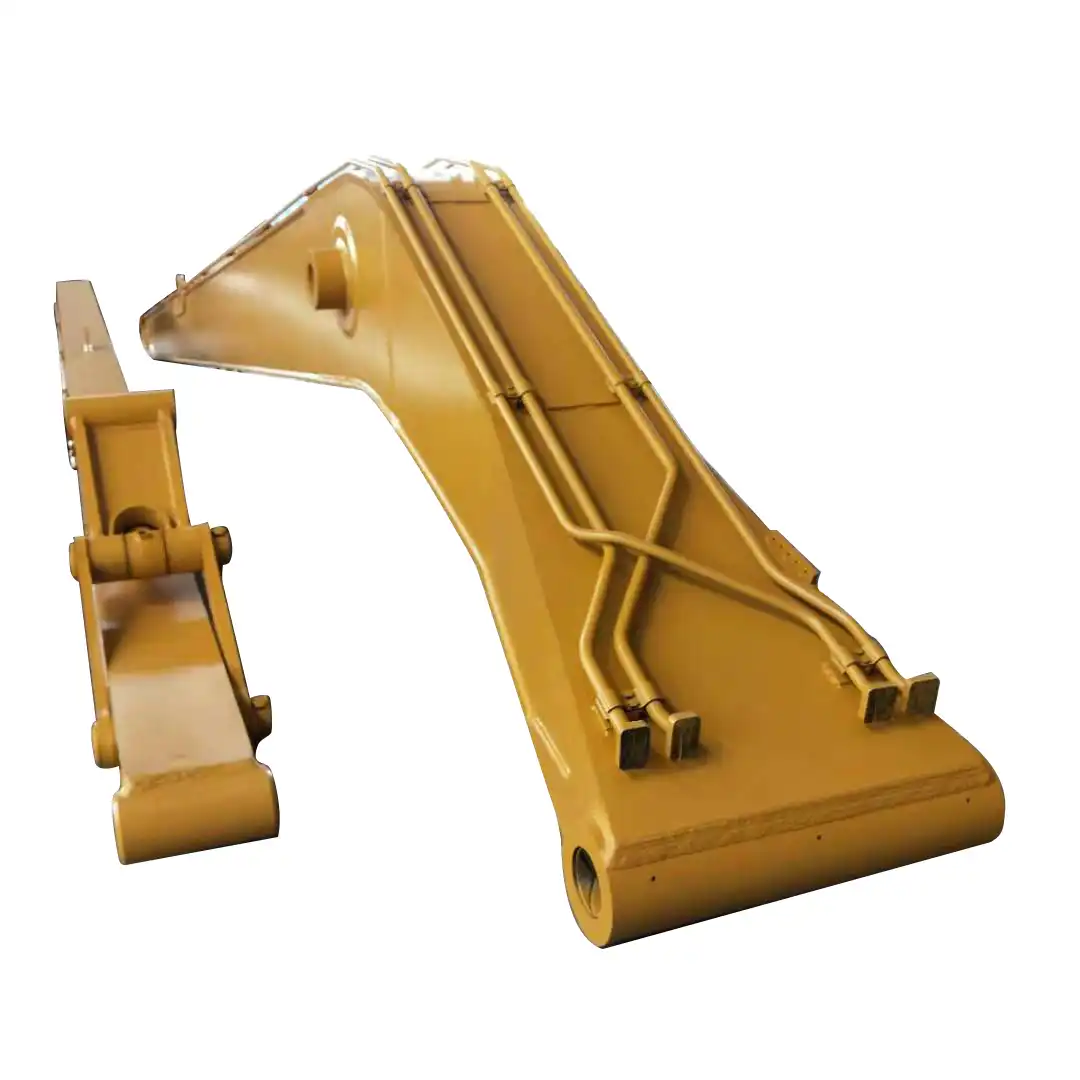 VIEW MORELong arm excavator for sale
VIEW MORELong arm excavator for sale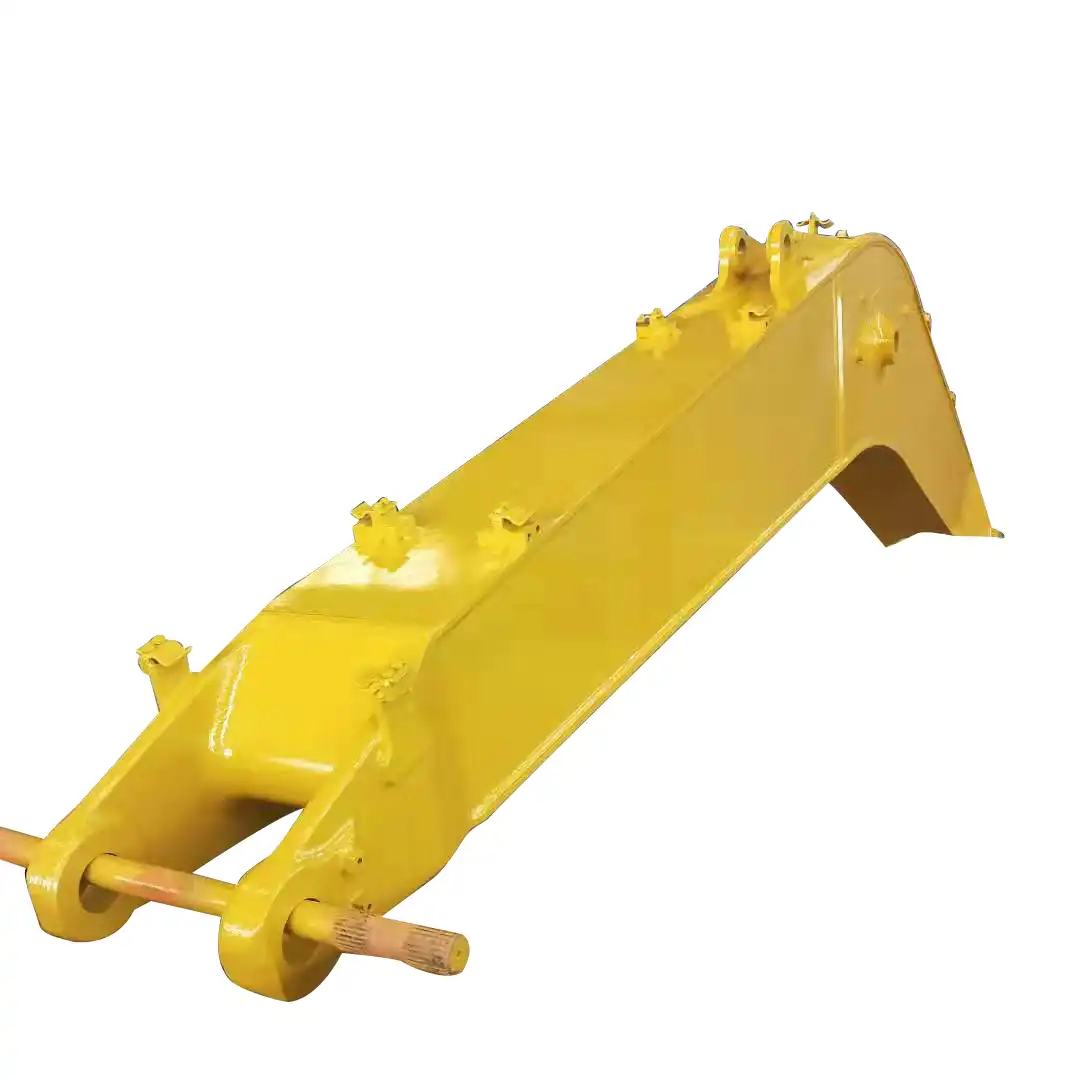 VIEW MOREExcavators Long Reach Boom
VIEW MOREExcavators Long Reach Boom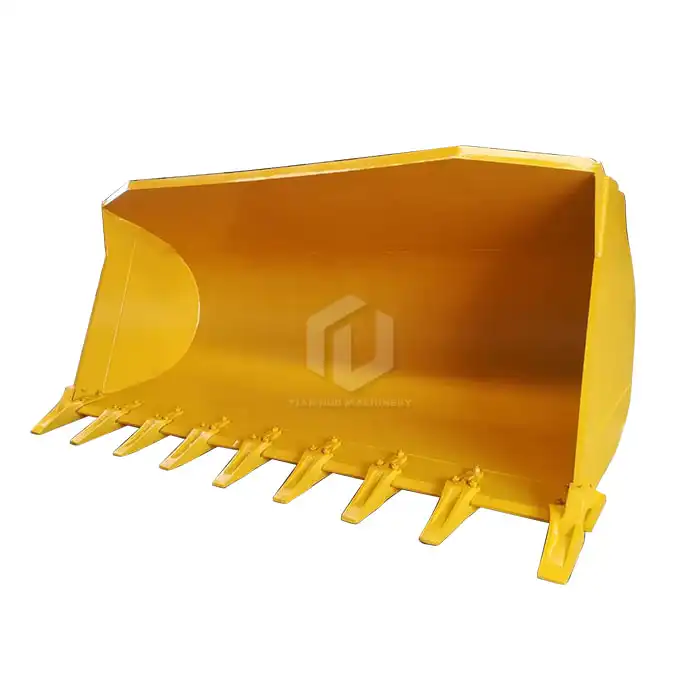 VIEW MOREFront Loader Bucket
VIEW MOREFront Loader Bucket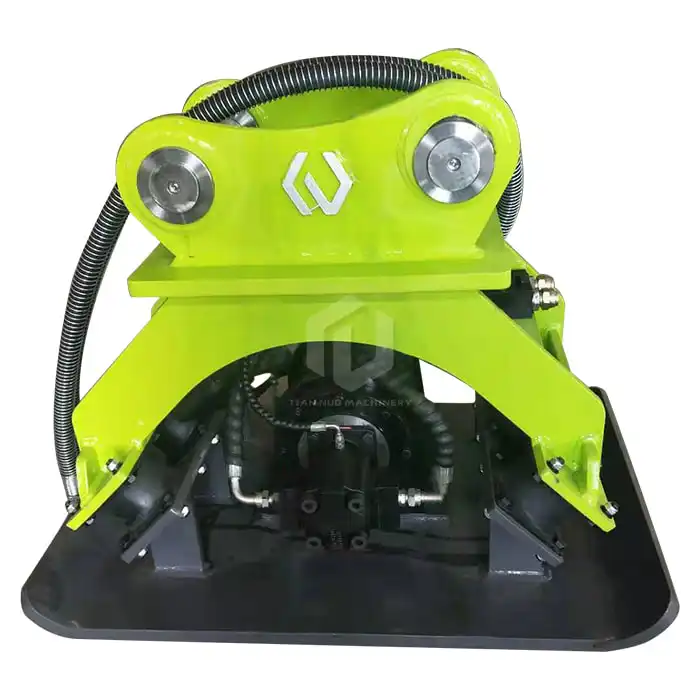 VIEW MOREExcavator Vibratory Compactor
VIEW MOREExcavator Vibratory Compactor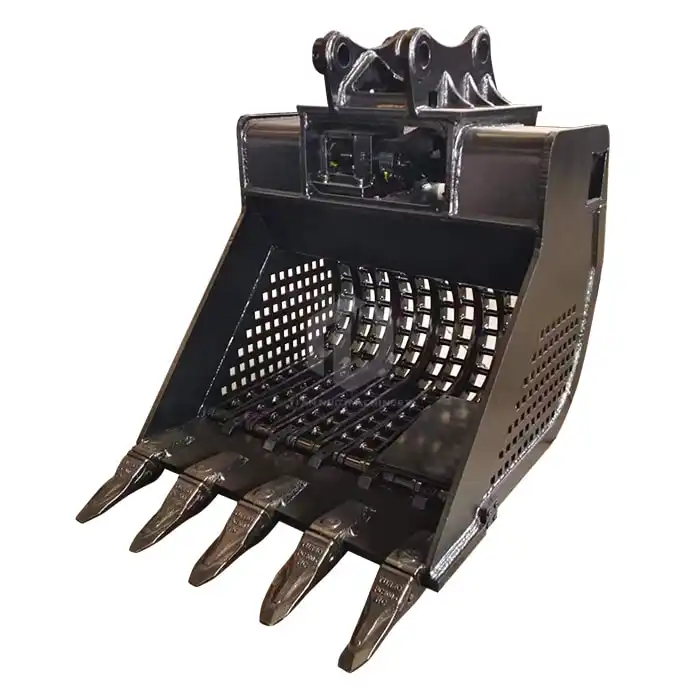 VIEW MOREExcavator High Frequency Screening Bucket
VIEW MOREExcavator High Frequency Screening Bucket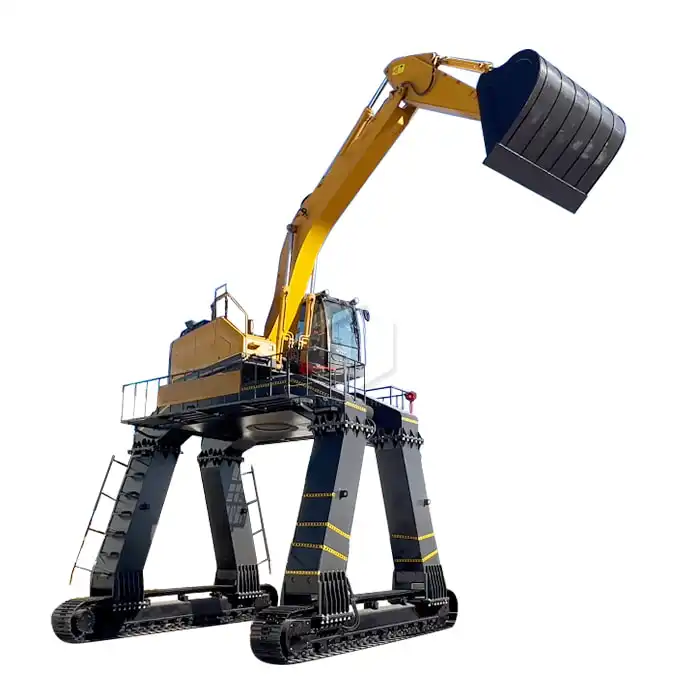 VIEW MOREUnloading Train Excavator Long Legs
VIEW MOREUnloading Train Excavator Long Legs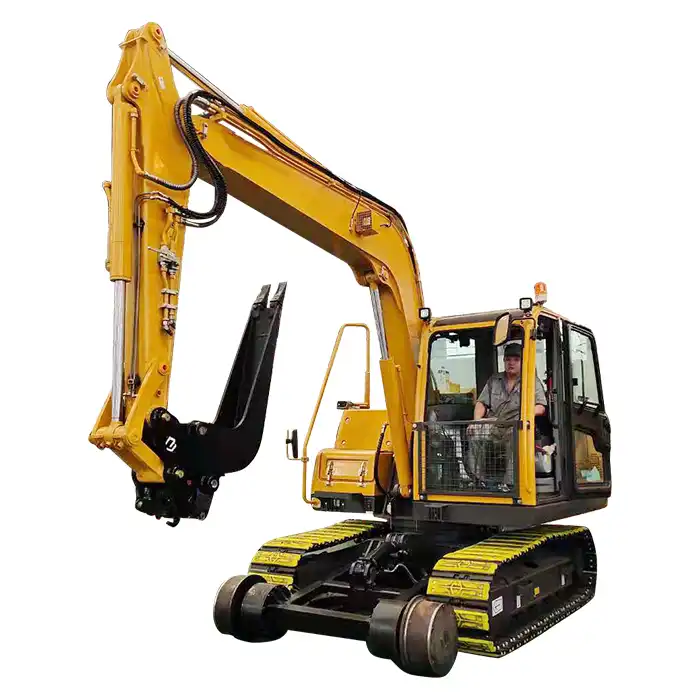 VIEW MORERailway Excavator Cleaning Bucket
VIEW MORERailway Excavator Cleaning Bucket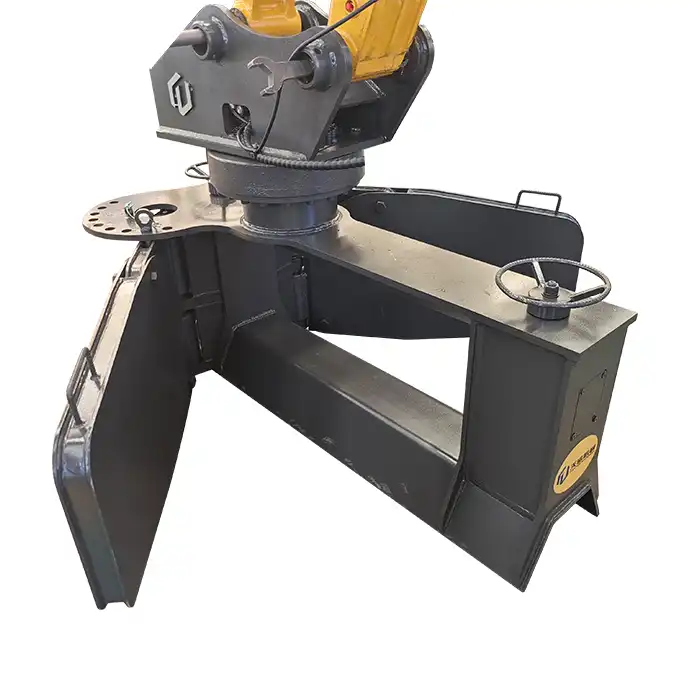 VIEW MORERailway Excavator Ballast Plow
VIEW MORERailway Excavator Ballast Plow

